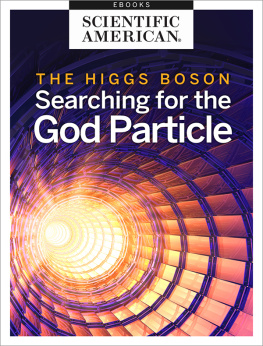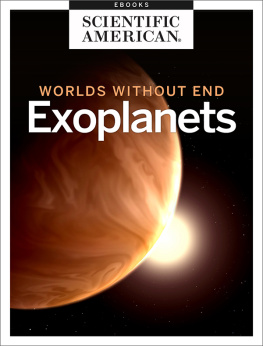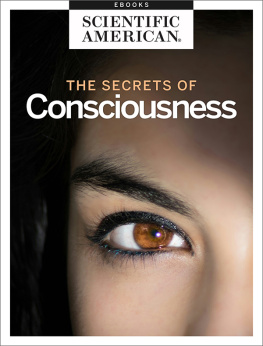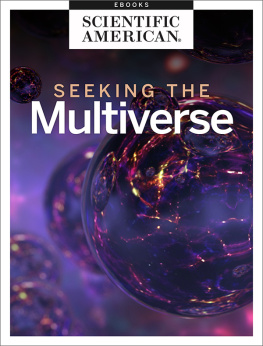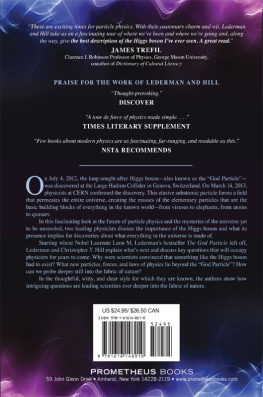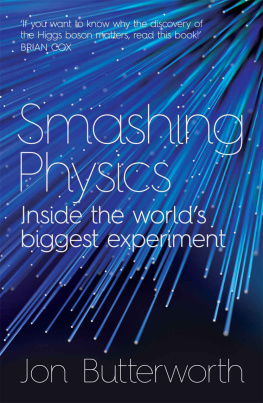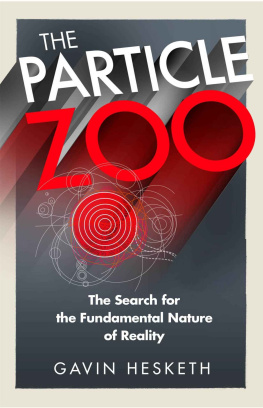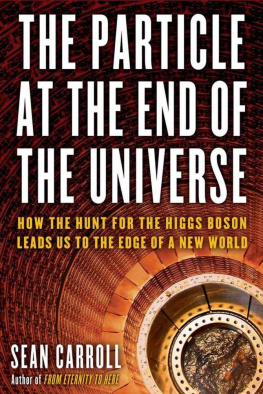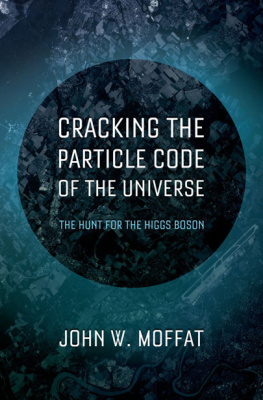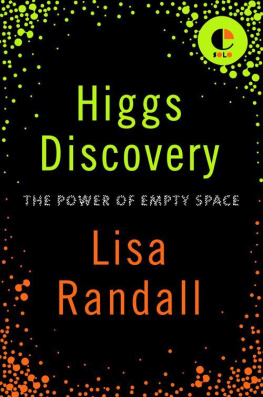The Higgs Boson
Searching for the God Particle
From the Editors of Scientific American
Cover image: Dant/Getty Images
Letters to the Editor
Scientific American
One New York Plaza
Suite 4500
New York, NY 10004-1562
or editors@sciam.com
Copyright 2017 Scientific American, a division of Nature America, Inc.
Scientific American is a registered trademark of Nature America, Inc.
All rights reserved.
Published by Scientific American
www.scientificamerican.com
ISBN: 978-1-466824133


THE HIGGS BOSON
Searching for the God Particle
From the Editors of Scientific American
Table of Contents
Introduction
by Jesse Emspak
Section 1
1.1
by Chris Quigg
1.2
by Gerard t Hooft
1.3
by Gary Felman and Jack Steinberger
1.4
by Haim Harari
1.5
by Helen R. Quinn and Michael S. Witherell
Section 2
2.1
by Martinus J.G. Veltman
2.2
by Gordon Kane
2.3
by Gordon Kane
2.4
by Howard E. Haber and Gordon L. Kane
2.5
by David B. Cline
Section 3
3.1
by Barry Barish, Nicholas Walker and Hitoshi Yamamoto
3.2
by Graham P. Collins
3.3
by Chris Llewellyn Smith
3.4
by Graham P. Collins
3.5
by Chris Quigg
3.6
by John Matson
3.7
by Amir Aczel
3.8
by Tim Folger
3.9
by Davide Castelvecchi
3.10
by Davide Castelvecchi
Section 4
4.1
by John Matson
4.2
by Davide Castelvecchi
4.3
by Kelley Oakes
4.4
by Michael Riordan, Guido Tonelli and Sau Lan Wu
4.5
by Clara Moskowitz
Section 5
5.1
by Glenn Starkman
5.2
by John Horgan
5.3
by John Horgan
5.4
by Clara Moskowitz
5.5
by Howard Baer, Vernon D. Barger and Jenny List
5.6
by Saswato R. Das
5.7
by Knvul Sheikh
5.8
by Lawrence M. Krauss
SECTION 1
The Standard Model
Elementary Particles and Forces
By Chris Quigg
The notion that a fundamental simplicity lies below the observed diversity of the universe has carried physics far. Historically the list of particles and forces considered to be elementary has changed continually as closer scrutiny of matter and its interactions revealed microcosms within microcosms: atoms within molecules, nuclei and electrons within atoms, and successively deeper levels of structure within the nucleus. Over the past decade, however, experimental results and the convergence of theoretical ideas have brought new coherence to the subject of particle physics, raising hopes that an enduring understanding of the laws of nature is within reach.
Higher accelerator energies have made it possible to collide particles with greater violence, revealing the subatomic realm in correspondingly finer detail; the limit of experimental resolution now stands at about 10-16 centimeter, about a thousandth the diameter of a proton. A decade ago physics recognized hundreds of apparently elementary particles; at today's resolution that diversity has been shown to represent combinations of a much smaller number of fundamental entities. Meanwhile the forces through which these constituents interact have begun to display underlying similarities. A deep connection between two of the forces, electromagnetism and the weak force that is familiar in nuclear decay, has been established, and prospects are good for a description of fundamental forces that also encompasses the strong force that binds atomic nuclei.
FUNDAMENTAL SCHEME OF NATURE, according to current theory, embraces 12 elementary particles (top image) and four forces (bottom image) . All the particles listed are thought to be structureless and indivisible; among their properties are an identical amount of spin, given by convention as 1/2, and differing values of electric charge, color charge and mass, given as energy in millions of electron volts (MeV) divided by the square of the speed of light (c). Only the pairs of leptons and quarks at the top of each column are found in ordinary matter; the other particles are observed briefly in the aftermath of high-energy collisions. The four forces thought to govern matter vary in range and strength; although the strong force is the most powerful, it acts only over a distance of less than 10-13 centimeter, the diameter of a proton. All the forces are conveyed by force particles, whose masses are given in billions of electron volts (GeV) divided by the square of the speed of light. Because of its weakness, gravity has not been studied experimentally by particle physicists.

Illustration by Andrew Christie
Of the particles that now appear to be structureless and indivisible, and therefore fundamental, those that are not affected by the strong force are known as leptons. Six distinct types, fancifully called flavors, of lepton have been identified. Three of the leptons, the electron, the muon and the tau, carry an identical electric charge of 1 ; they differ, however, in mass.The electron is the lightest and the tau the heaviest of the three. The other three, the neutrinos, are, as their name suggests, electrically neutral. Two of them, the electron neutrino and the muon neutrino, have been shown to be nearly massless. In spite of their varied masses all six leptons carry precisely the same amount of spin angular momentum. They are designated spin 1/2 because each particle can spin in one of two directions. A lepton is said to be right-handed if the curled fingers of a right hand indicate its rotation when the thumb points in its direction of travel and left-handed when the fingers and thumb of the left hand indicate its spin and direction.
For each lepton there is a corresponding antilepton, a variety of antiparticle.Antiparticles have the same mass and spin as their respective particles but carry opposite values for other properties, such as electric charge. The antileptons, for example, include the antielectron, or positron, the antimuon and the antitau, all of which are positively charged, and three electrically neutral antineutrinos.
In their interactions the leptons seem to observe boundaries that define three families, each composed of a charged lepton and its neutrino. The families are distinguished mathematically by lepton numbers; for example, the electron and the electron neutrino are assigned electron number 1, muon number 0 and tau number 0. Antileptons are assigned lepton numbers of the opposite sign. Although some of the leptons decay into other leptons, the total lepton number of the decay products is equal to that of the original particle; consequently the family lines are preserved.
The muon, for example, is unstable.It decays after a mean lifetime of 2.2 microseconds into an electron, an electron antineutrino and a muon neutrino through a process mediated by the weak force. Total lepton number is unaltered in the transformation. The muon number of the muon neutrino is 1, the electron number of the electron is 1 and that of the electron antineutrino is 1. The electron numbers cancel, leaving the initial muon number of 1 unchanged. Lepton number is also conserved in the decay of the tau, which endures for a mean lifetime of 3 X 10-13 second.

